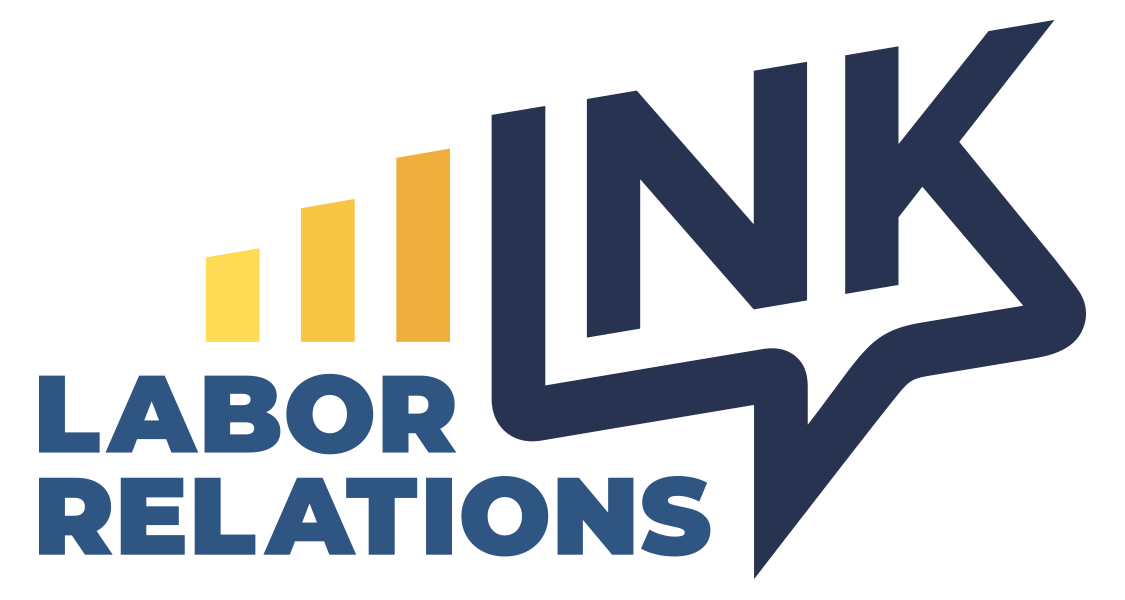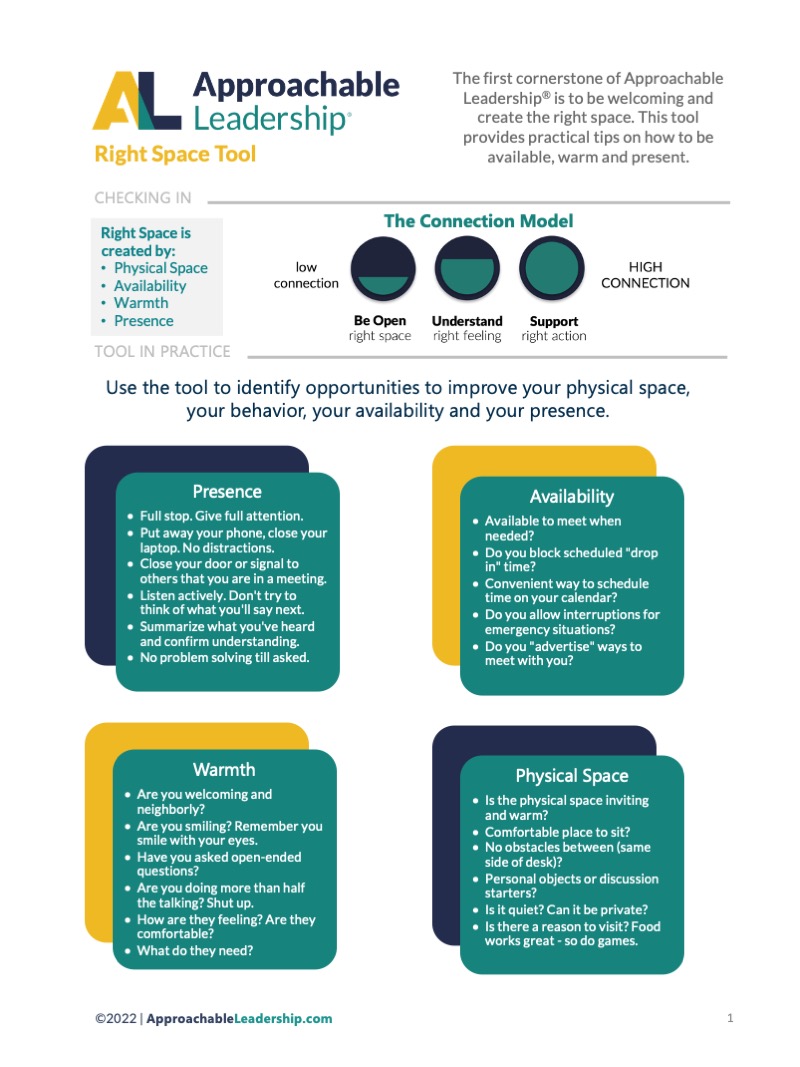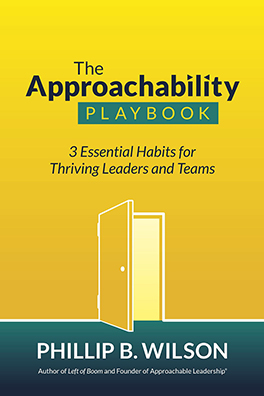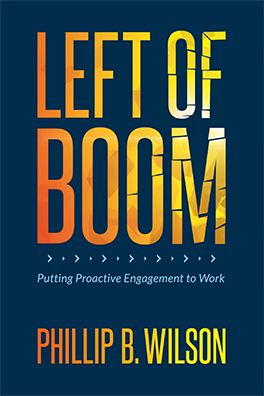If you’re leading people in the healthcare world right now, go ahead and take a deep breath. The ground is shifting under your feet, and it’s not just burnout or staffing shortages (though those are still very much here). It’s something more profound: a quiet but very real reimagining of what it means to work in healthcare.
You’re not imagining the churn. New data, new expectations, and new workforce tensions are bubbling up across the industry. And while some of the signals feel familiar (unionization, housing concerns, leadership turnover), they’re all pointing toward a simple truth: the way hospitals and systems approach their people is facing some serious challenges in this moment.
Let’s talk about four developments that may not be making the front page but should be on every healthcare exec’s radar.
- Unionization Isn’t Just for Nurses Anymore
According to a recent study in Medscape (Free account required), about 1 in 10 Physician Assistants in the U.S. are now unionized. That statistic would have been unthinkable a decade ago, but today, it fits right into the broader pattern of organizing among highly educated healthcare professionals.
A recent survey of Physician Assistants (PAs) reveals a growing openness to unionization, despite limited organizing activity for now. While only 7% reported current efforts to unionize at their workplace, nearly half (48%) believe unionization among PAs will increase over the next five years. Additionally, 39% view unions as practical or highly effective in representing their interests, with many expressing confidence that unions understand and support their specialty well.
The push isn’t just about wages (though that’s part of it). It’s about voice, autonomy, and not being caught in the middle between short-staffed clinics and impossible expectations.
The vibe shift? Employers who still see PAs, residents, or support staff as “less likely” to organize are in for a rude awakening. These workers crave a voice in the workplace, and in many cases, they’re taking note of union promises.
Did you know that we can help with risk assessment tools that allow us to identify these issues before they escalate into union campaigns?
- When the Housing Market Becomes a Workforce Issue
In Atlanta, Emory Healthcare just announced a new initiative: building housing for its healthcare workers.
That might seem like a generous perk until you look at the math. Housing prices in the area have increased by 20% or more in recent years. Employees can’t live near the hospitals they serve. And when you factor in long shifts, unpredictable hours, and brutal commutes? You’ve got a recipe for turnover.
This isn’t charity. It’s a talent strategy. And while not every hospital can go full-on real estate developer, the point stands: employers will have to get creative about meeting basic employee needs or risk losing them altogether.
- The Leadership Development Wake-Up Call
Burnout is no longer the exception in healthcare; it’s the baseline, which makes it even more urgent that systems stop treating leadership development like a side quest.
Here are seven leadership essentials for “futureproofing” healthcare leadership. Spoiler: none of them involve outdated succession plans or buzzword-riddled retreats. The focus? Creating psychological safety, removing artificial barriers to advancement, and cultivating a culture where people want to grow.
It’s not sexy work. However, it’s foundational, especially if you’re serious about building a team that stays engaged and remains loyal.
- The Workforce Backbone No One Talks About Enough
Here’s a stat that should give every hospital board pause: 1 in 6 healthcare workers in the U.S. is an immigrant. That jumps to nearly 40% when we’re talking about home health aides.
These workers aren’t just filling in the gaps; they are the system in many communities. And yet, they often face steeper barriers, lower pay, and limited workplace protection.
With immigration policy in constant flux and demand for care continuing to grow, smart employers are thinking ahead. That means not just hiring immigrant workers, but building the kind of infrastructure, support, pathways, and protections that allow them to thrive.
The Takeaway: It’s Time to Rethink the Whole System
None of these trends exists in isolation. They’re pieces of a much bigger shift happening across the healthcare workforce. A shift where old assumptions don’t hold. Where the people powering care delivery are saying, loudly and clearly: We need more. And we’re not afraid to ask for it.
Union drives. Housing fixes. Leadership overhauls. Policy questions. It’s all on the table. And the systems that win in the long run won’t be the ones that resist change; they’ll be the ones that listen, adapt, and lead.
Ready or not, the future of the healthcare workforce is showing up early. Let’s not miss the appointment.






